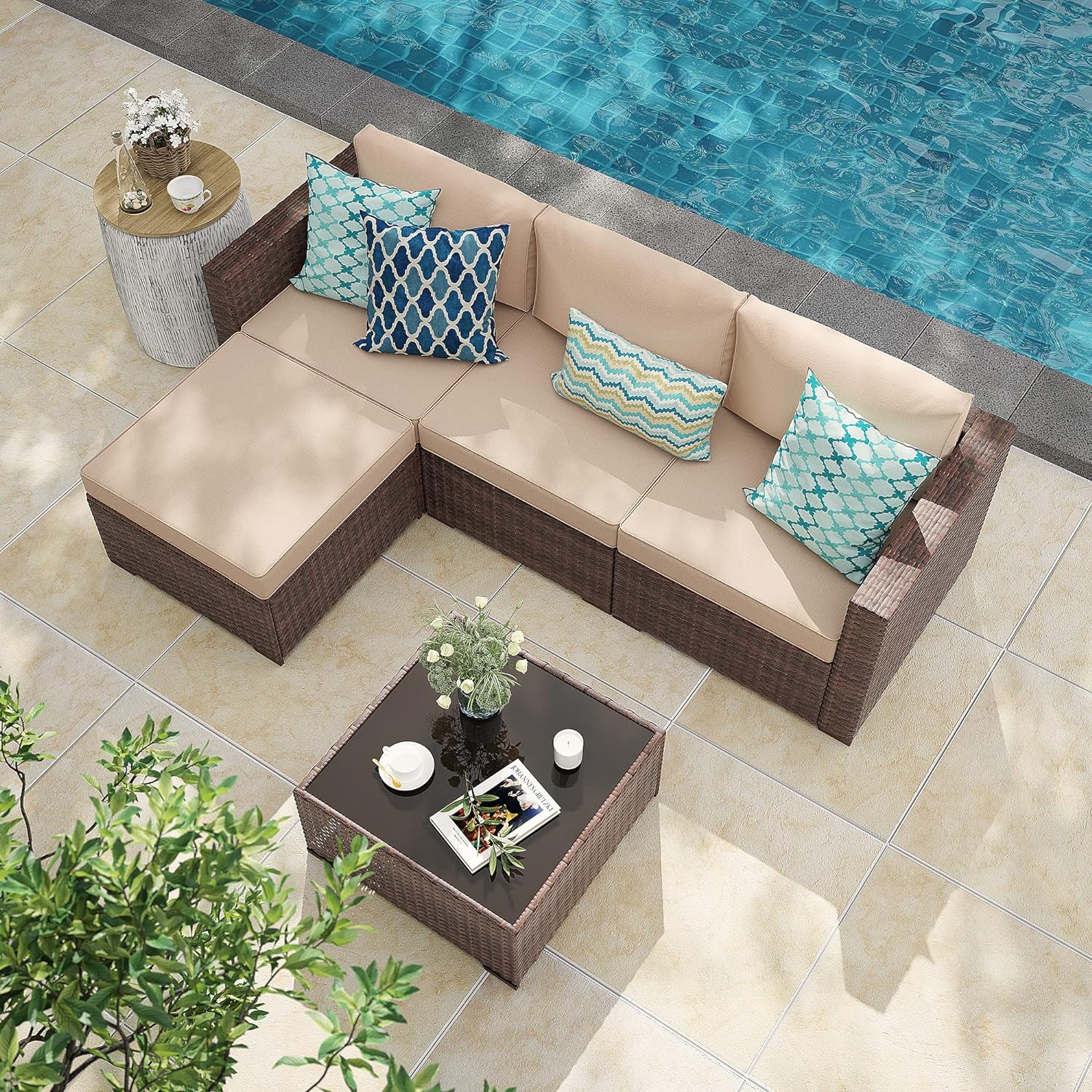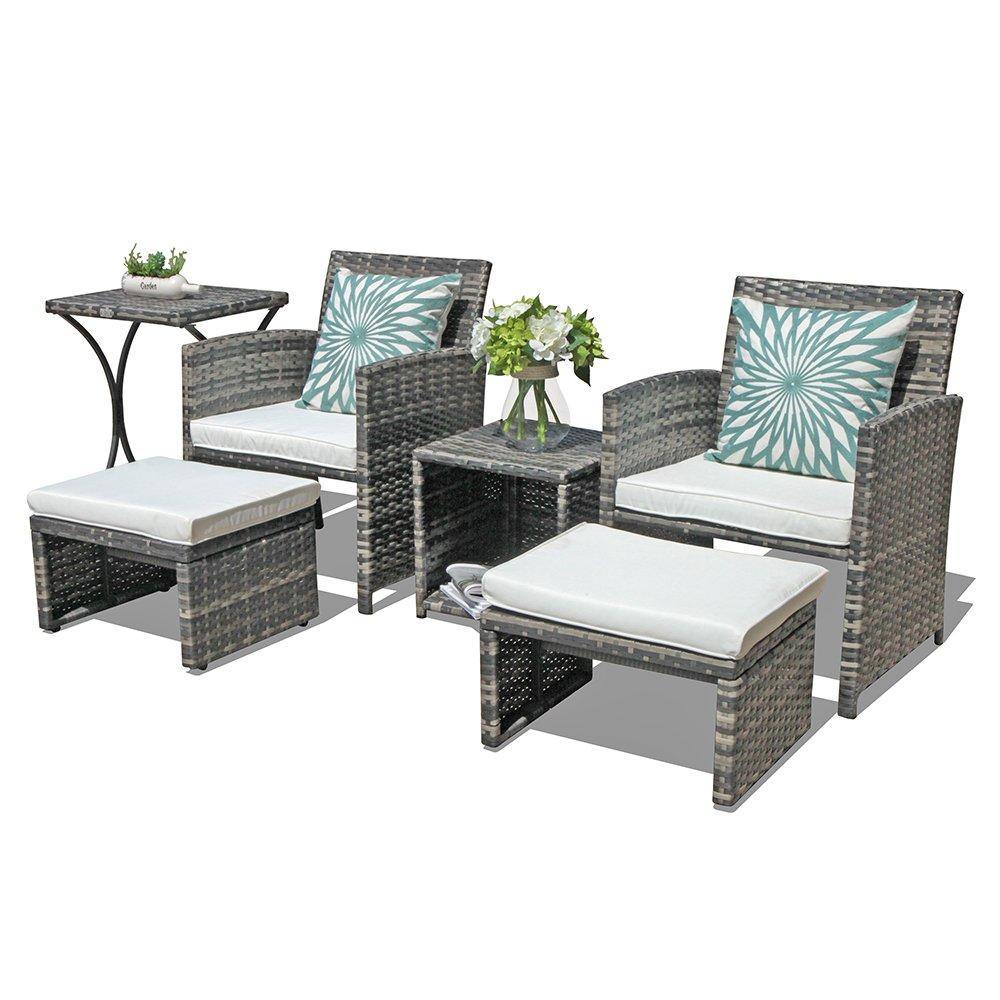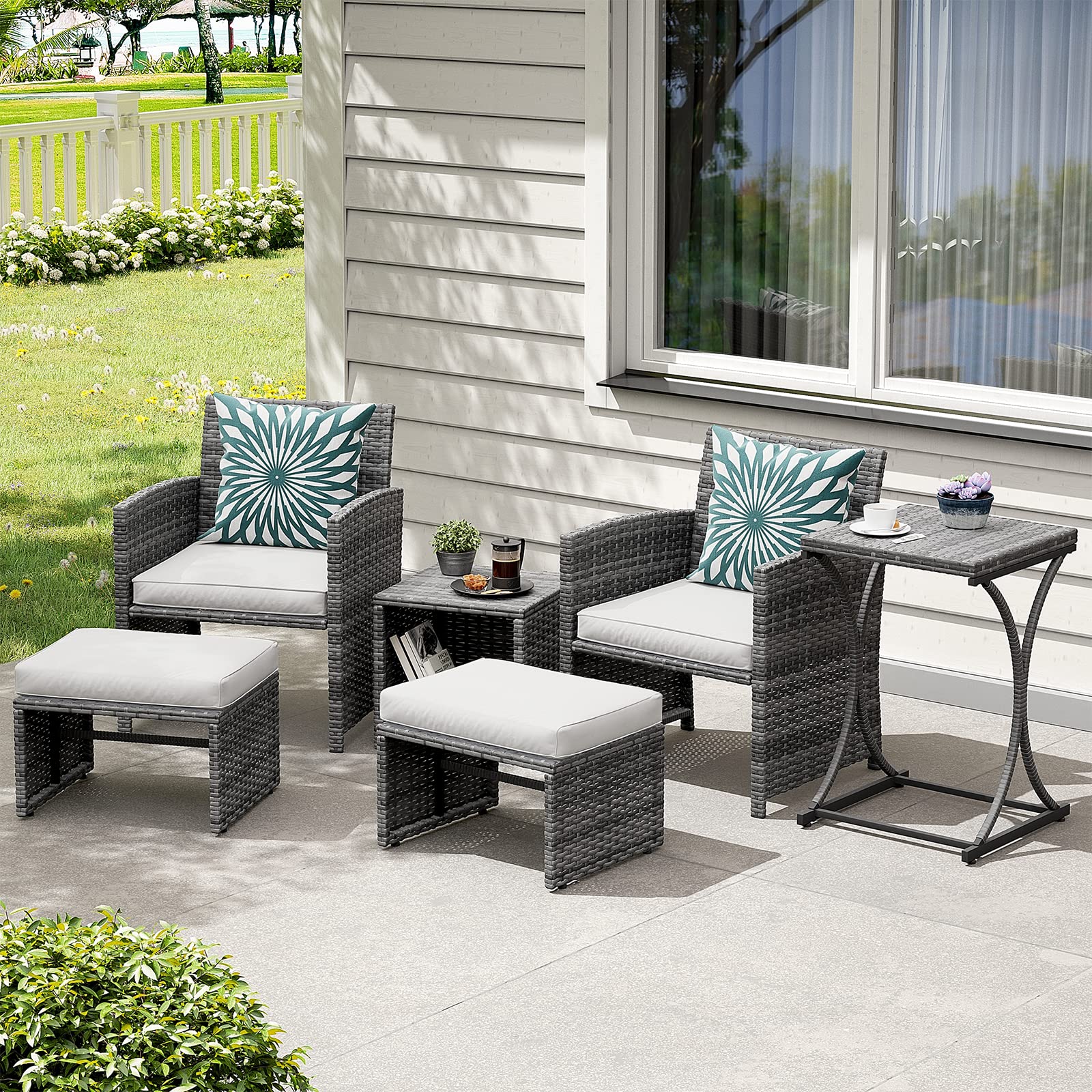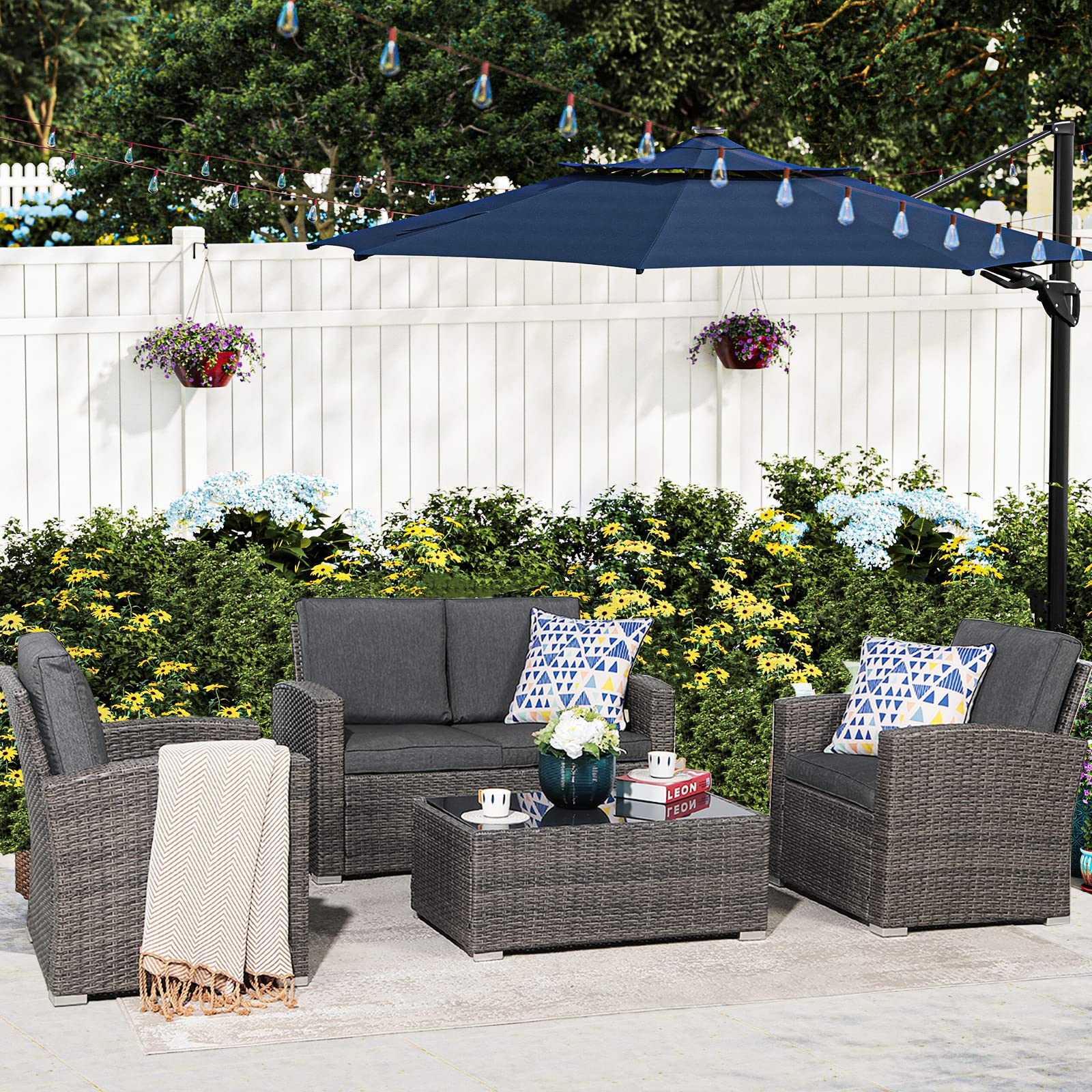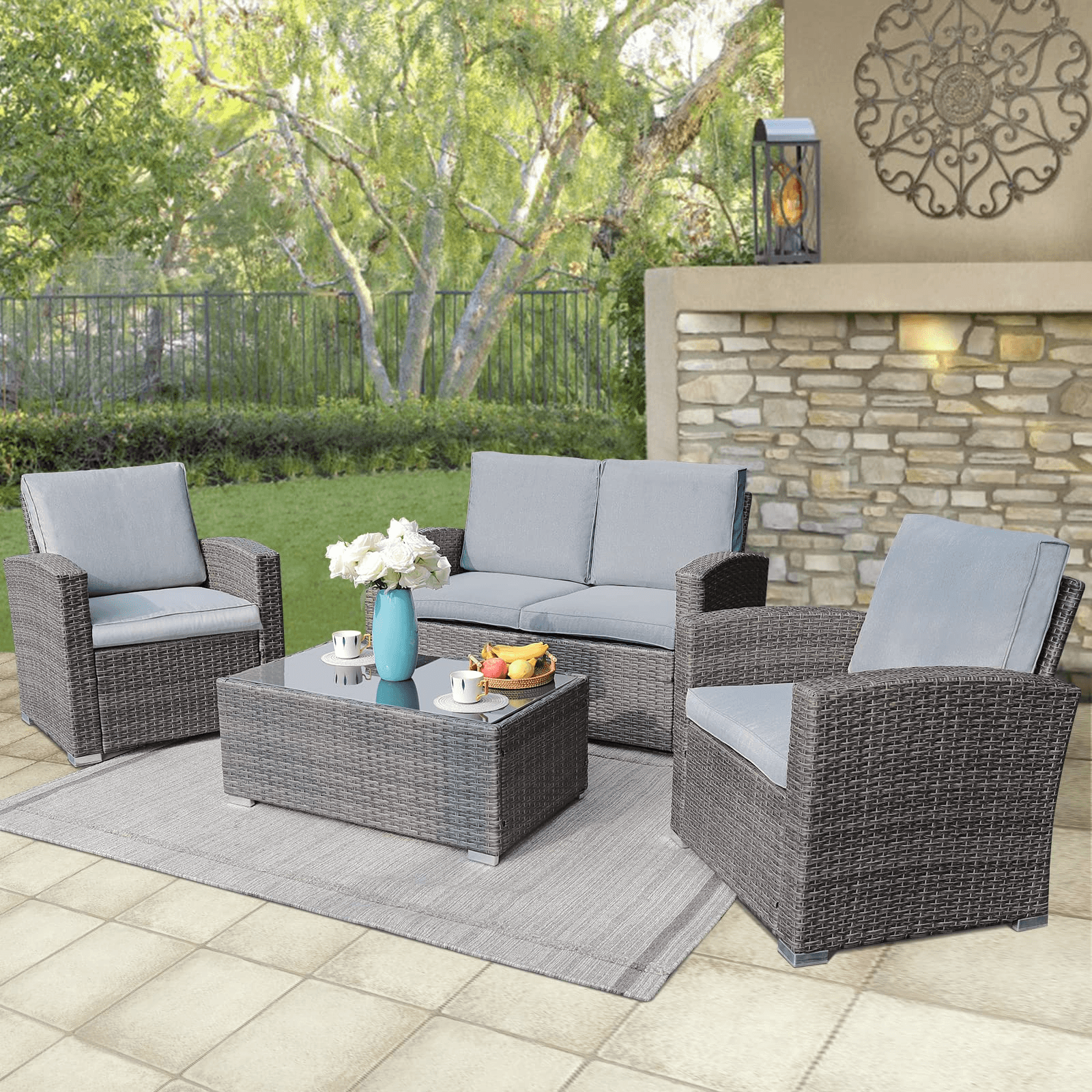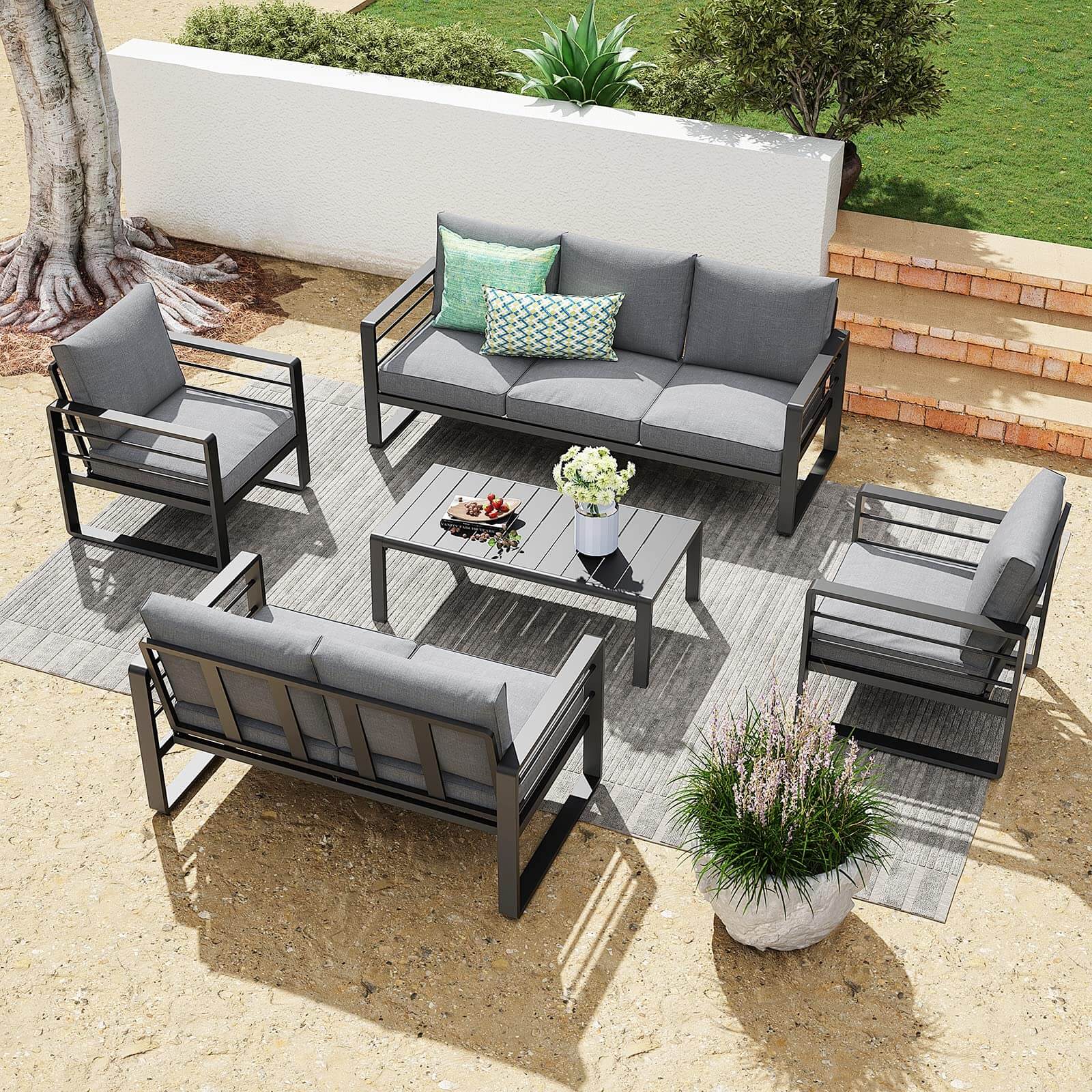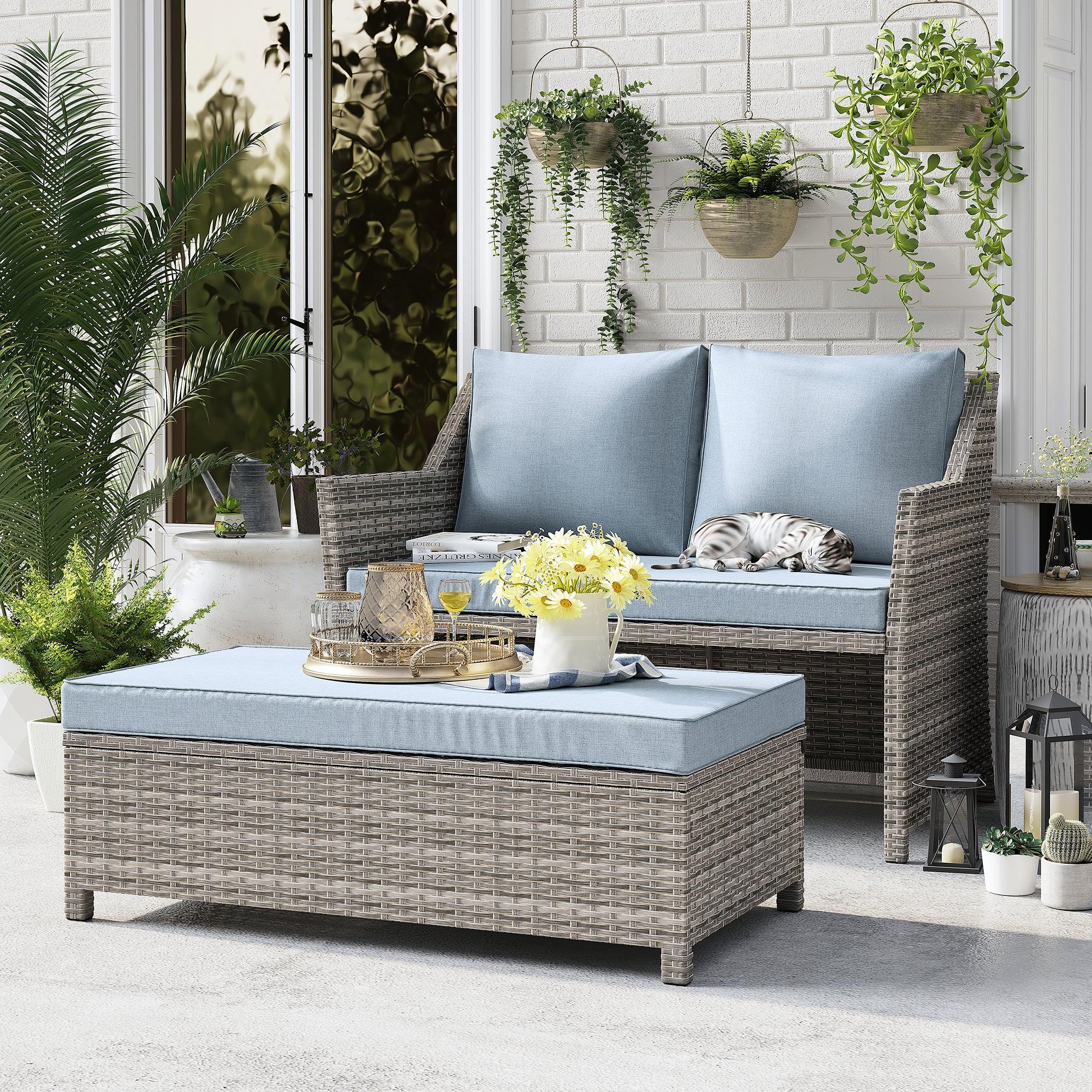How to Create the Perfect Outdoor Living Space?
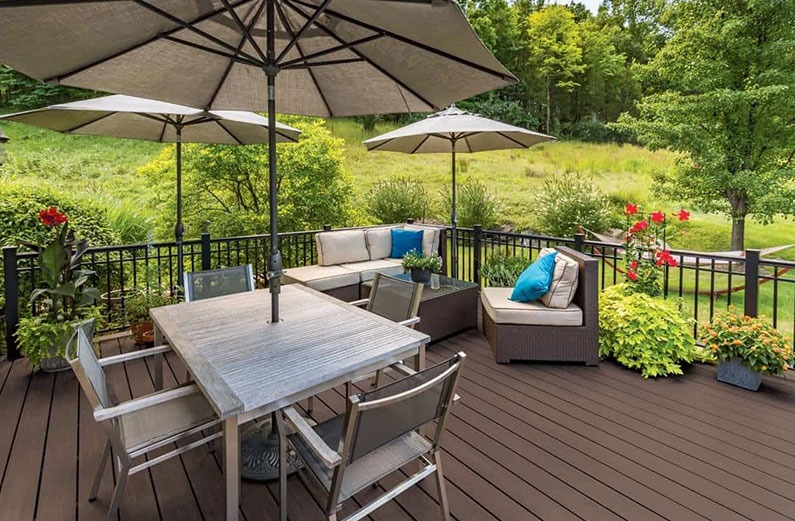
Designing an outdoor living space that seamlessly blends with the home can be an excellent way to enjoy the warm weather of spring and summer. However, creating such a space requires careful consideration and planning. Here are some tips to help you create an outdoor living space that meets your needs and preferences:
1. Plan the space
When planning your outdoor living space, consider the size and shape of the area, as well as any existing features that you want to incorporate, such as a pool, a garden, or a patio. Take into account the natural elements, such as wind and sunlight, and use them to your advantage when designing the space. For example, you may want to position seating areas to take advantage of a cool breeze or to create a shaded area to protect from the hot sun.
Consider the flow of the space and how people will move around it. Create designated pathways or walkways to connect different areas and make it easy to navigate. It's important to also consider the surrounding environment and how you can blend your outdoor living space with the natural landscape.
Do you want an area for outdoor cooking and dining, a place to relax and read, or a space for kids to play? By creating designated areas for these activities, you can ensure that everyone has a place to enjoy the outdoors in their own way.
2. Create defined spaces
Defining the different areas of your outdoor living space is crucial for creating an inviting and functional area. One way to do this is by using natural barriers such as plants and shrubs. These can be used to create walls that separate the different sections of the space, giving each area a distinct purpose. Using plants in this way not only adds visual appeal but also creates a sense of privacy, making the space feel more secluded and intimate.
Another effective way to define different areas is by using pavers or other decorative stonework to create paths. These paths can lead from one area to another, guiding guests through the space and highlighting its various features. By using different types of paving materials, you can create a variety of textures and colors, adding interest and depth to the space.
In addition to separating different areas, using natural barriers and pathways can also help to integrate the outdoor living space into its surroundings. By using plants and materials that are native to the area, you can create a seamless transition between indoor and outdoor living spaces. This can create a more harmonious and relaxing environment, as well as reduce the amount of maintenance required to keep the space looking its best.
3. Light up the space
In addition to path lights, there are many other lighting options to consider when designing an outdoor living space. String lights are a popular choice for creating a warm and inviting atmosphere. They can be hung from trees, pergolas, or other structures to provide soft, ambient lighting. Lanterns, both hanging and standing, are another great option that can add a decorative touch to the space.
For areas where more focused lighting is needed, consider installing spotlights or floodlights. These can be used to highlight specific features of the outdoor living space, such as a water feature or a sculpture. Additionally, they can be used to provide extra security by illuminating dark areas around the perimeter of the property.
It's important to keep in mind that different types of lighting can create different moods and atmospheres. Warm, yellow-toned lights can create a cozy and intimate ambiance, while cool, white-toned lights can make the space feel more modern and sleek. By using a combination of lighting options, you can create a versatile and dynamic outdoor living space that can be enjoyed both day and night.
4. Make it warm and toasty
Fire pits are an excellent addition to an outdoor living area as they create a focal point and encourage socialization. Make sure to have marshmallows available for roasting! In addition to providing a warm and inviting atmosphere, fire pits can also be used as a source of light and provide a cozy ambiance for outdoor gatherings. They come in a variety of styles, from built-in designs to portable options, so you can choose one that fits your space and style. When using a fire pit, it's important to follow safety precautions, such as placing it on a fire-resistant surface and keeping a fire extinguisher nearby. You should also check local fire codes and regulations before installing a fire pit in your outdoor living space. With proper care and maintenance, a fire pit can be a long-lasting and enjoyable addition to your outdoor area.
5. Make it comfortable
Outdoor furniture is no longer limited to aluminum chairs with fraying fabric or plastic chairs that get too hot in the sun. Invest in comfortable and weatherproof furniture with large cushions.
In addition to chairs and tables, consider adding other seating options such as hammocks, swings, or loungers for ultimate relaxation. Don't forget to include adequate storage for cushions, pillows, and other outdoor essentials to keep them dry and protected from the elements.
6. Choose a color scheme
Consider natural colors that accentuate the surroundings and add a pop of color for visual interest. It's also essential to consider the style and color of the furniture to ensure it complements the overall aesthetic of the outdoor space. Bright colors and patterns can add a pop of personality, while neutral tones can create a calming atmosphere.
7. Don't forget the floor
A colorful rug can really tie together an outdoor living space and add a touch of personality. When selecting a rug, consider the color and pattern that will best complement the existing furniture and decor. It's important to choose a rug that is specifically designed for outdoor use, as it will be exposed to the elements and foot traffic. Look for a rug made of durable, weather-resistant materials such as polypropylene or natural fibers like bamboo or jute. These materials are known for their ability to withstand moisture, fading, and staining. Additionally, make sure to select a rug with a low pile or flatweave construction to make cleaning easier. Some outdoor rugs are also treated with UV inhibitors to help prevent fading and damage from the sun. With so many options available, it's easy to find an outdoor rug that fits your style and needs.
8. Create shade
Include shaded areas in the outdoor living space to provide relief from the sun. Erecting a canopy or tent is an easy way to create shaded areas.
In addition to canopies or tents, there are many other ways to create shaded areas in your outdoor living space. One option is to install a pergola or trellis with climbing plants such as wisteria or grapevines. This will create a natural shaded area that also adds a touch of greenery to the space.
Umbrellas are another popular option for creating shade in outdoor living spaces. They come in a variety of sizes and styles, and can be moved around the space as needed.
If you have a large tree in your outdoor living area, consider placing a seating area under the tree to take advantage of the natural shade it provides.
Whichever method you choose, it's important to make sure that the shaded area is large enough to comfortably accommodate the activities you plan to undertake in the outdoor living space. This will ensure that the space is functional and comfortable for everyone who uses it.
By following these tips, you can create an outdoor living space that meets your needs and preferences, and becomes a destination spot for lounging and socializing in the warmer months.



